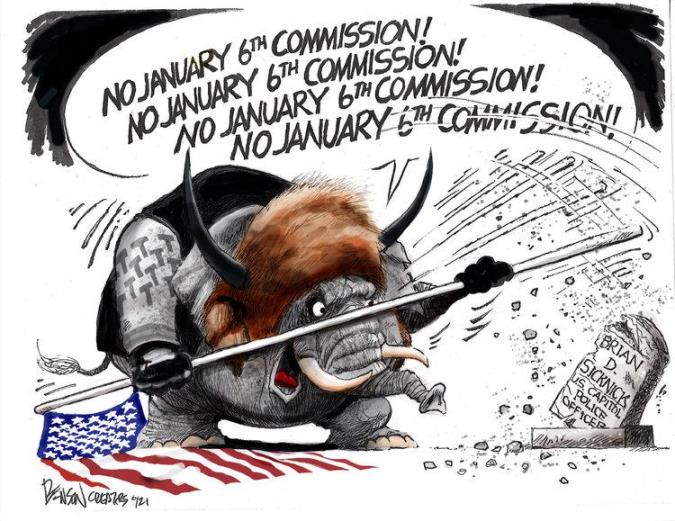
Presentation-wise, the arena-specific organ music and goal horns remain iconic. Granted, NHL ’94 is not the most feature-rich game, but the action on the ice features just the right mix of realism and arcade speed needed to make every game feel unique. It’s that special kind of sports title that stands the test of time. However, all the stars aligned just right for NHL ’94. With their annual release schedules and minimal yearly improvements, it’s rare to see any sports title come close to making a respectable list of any great console’s very best games. Robotnik aesthetic actually does give the game more character than if Sega had stayed closer to the source material. This title’s core Puyo Puyo gameplay is still incredibly addictive, and the Dr. Puyo Puyo is one of the most beloved match-four puzzle games of all time, but when it was time to bring the game to the West, Sega felt that it could use a Sonic-sized injection to boost sales, so they slapped the blue blur’s archnemesis on the cover and shoehorned in a respectable (if overly difficult) story mode.Īs with most puzzle games, the real star here is this title’s wonderful multiplayer mode. Yet, there’s no denying the art style has aged better than most 16-bit games, and Vectorman still remains one of the more enjoyable platformers on the Genesis thanks to the quality of its lengthy and varied campaign.

If that sounds gimmicky, that’s because it totally was.

Their answer was Vectorman: an action platformer that used “vector piece animation” to animate the main character with 23 individual sprites rather than just one big sprite. In honor of the impact of that library, here are the 15 best Sega Genesis games ever. It’s been 20 years since the company exited the hardware market, but for a brief shining period, Sega reigned supreme over the gaming landscape with one of the best console libraries ever assembled. Of course, we all know things didn’t pan out for Sega in the end.

However, thanks to its speedy blue mascot, a slew of excellent arcade ports, and a marketing strategy that focused on older gamers, the Genesis gave the Super Nintendo the competition it sorely needed. The Sega Genesis couldn’t quite match the power of the SNES, and it certainly didn’t have the name recognition as Nintendo’s new console. However, Sega (then a struggling arcade game manufacturer) had other plans. With the then-recent release of the SNES and classic titles like Super Mario World and The Legend of Zelda: A Link to the Past, Nintendo looked to dominate the gaming landscape for years to come. In 1991, Nintendo controlled an astonishing 85 percent of the American video game market.


 0 kommentar(er)
0 kommentar(er)
